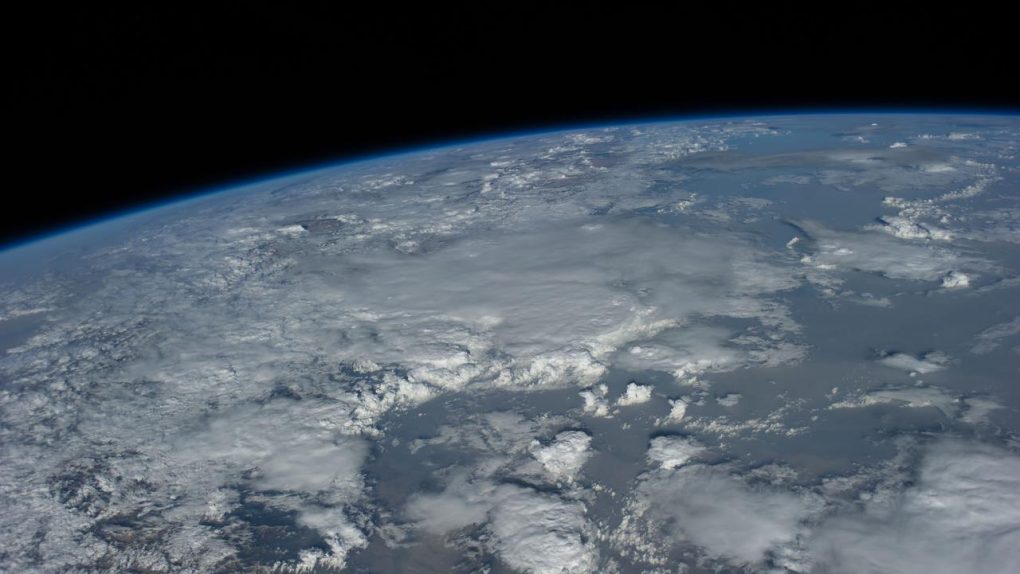As humans living on Earth, most days we’re able to go about our lives without worrying about what might be lurking elsewhere in our solars system. Earth is incredibly fortunate to have a thick atmosphere that destroys most small debris before it reaches the ground and a magnetic field that protects us from dangerous radiation. It’s all very nice down here on the surface… that is until an object manages to survive its trip through the atmosphere and cause a ruckus for us, Earthlings.
That’s just what happened this week over Vermont, when a fireball — known to scientists as a bolide — streaked through the sky and exploded. The blast was significant, and reports from the ground indicate that the shockwave shook homes and businesses and even caused ground tremors that were strong enough to be picked up by seismic equipment in the area. Now, NASA offers us a more detailed look at the data and shows us how powerful the blast truly was.
In a post on NASA’s Meteor Watch page on Facebook, the agency says that it compiled over 100 eyewitness reports of the fireball and used those to determine its flight path through the sky. Its trip through Earth’s atmosphere didn’t last long, however, as the friction was simply too much for it to stand, and the pressure the rock was forced to endure exceeded its ability to keep itself together.
NASA explains:
A solution based on over 100 eyewitness reports does not significantly change the trajectory, but lowers the speed down to 42.000 miles per hour (19 kilometers per second). As the object (which was likely a fragment of an asteroid) penetrated deeper into the atmosphere, pressure built up on its front while a partial vacuum formed behind it. About 30 miles up, the pressure difference between front and back exceeded its structural strength. The space rock fragmented violently, producing a pressure wave that rattled buildings and generated the sound heard by those near the trajectory. Such a pressure wave can also couple into the ground, causing minor “tremors” that can be picked up by seismic instruments in the area; the wave itself can be detected by infrasound (low frequency sound that can travel great distances) stations.
But that’s not all. In addition to determining the speed and path of the object, NASA scientists were also able to determine the strength of the explosion and estimate the size of the fireball.
“In the case of last night, we were obtained infrasound measurements from 3 nearby stations – the amplitudes and durations of the signals put the energy of the fireball fragmentation at 440 pounds (200 kilograms) of TNT,” NASA says. “We can combine this energy with the speed to get a mass and size of the object – 10 pounds (4.5 kilograms) and 6 inches (15 centimeters) in diameter.”
Pretty incredible that such a tiny rock managed to create such a disturbance, but that’s what happens when you take something small and make it move really, really fast… and then it explodes.








